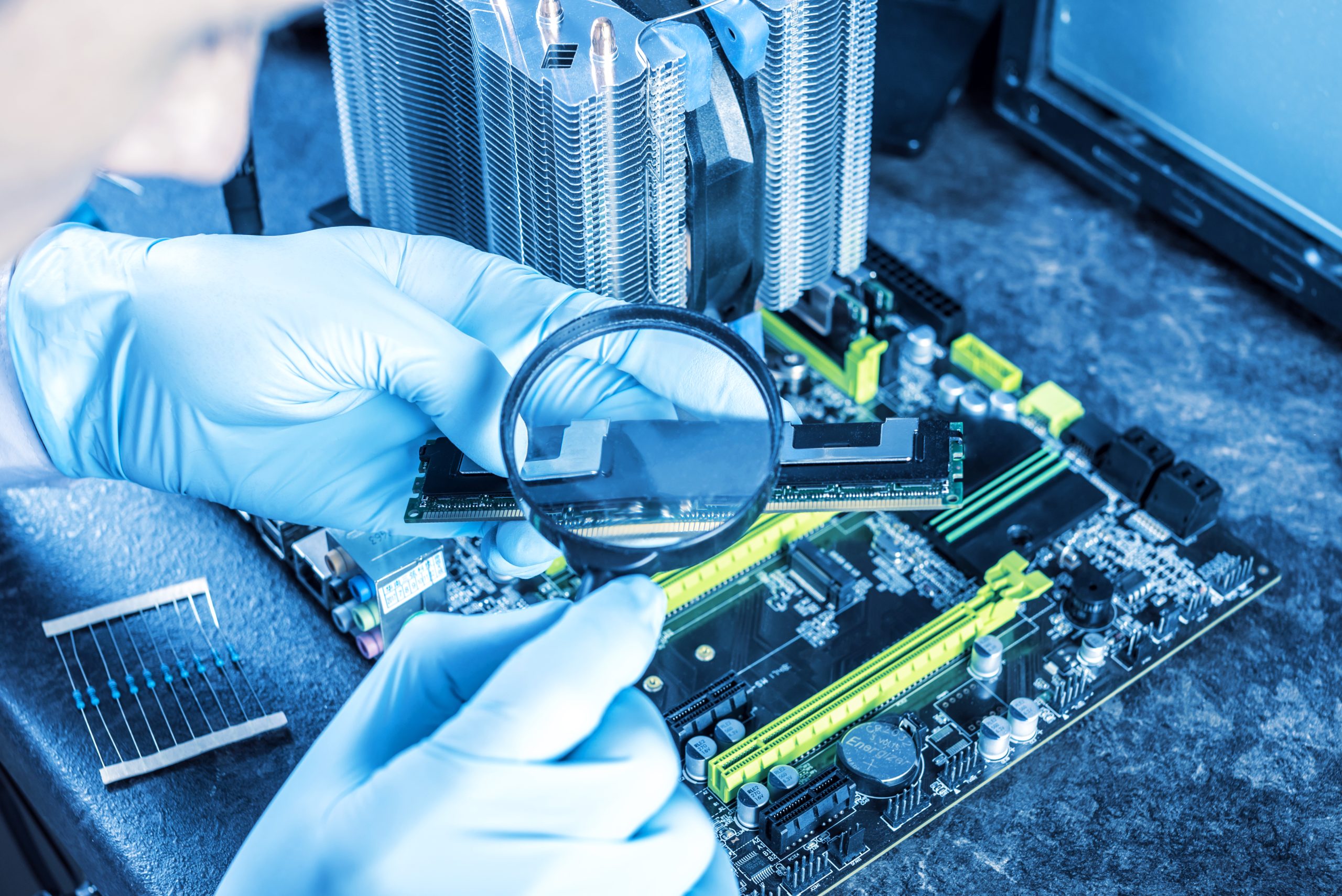For the PCB electronics industry, according to industry surveys, the most fatal weakness of the chemical tin plating layer is that it is easy to change color (easy to oxidize or deliquesce), poor solderability makes it difficult to weld, and high impedance leads to poor conductivity or poor performance of the entire board. Stable and easy to grow tin whiskers, causing PCB circuit short circuit and even burning or fire.
It is reported that the first person to study chemical tin plating in China was Kunming University of Science and Technology in the early 1990s, followed by Guangzhou Tongqian Chemical (Enterprise) in the late 1990s. Until now, in the past 10 years, the industry has recognized these two institutions as Get the best. Among them, according to our contact screening surveys, experimental observations and long-term endurance tests of many companies, it is confirmed that the tin plating layer of Tongqian Chemical is a pure tin layer with low resistivity, and the quality of conductivity and soldering can be guaranteed to a high level. No wonder they dare to guarantee that their coating will remain unchanged for one year without any sealing or anti-discoloration agent protection, no blistering, no peeling, and no permanent tin whiskers.
Later, when the entire social production industry developed to a certain level, many later participants often copied each other. In fact, a considerable number of companies themselves did not have R&D or originality capabilities. Therefore, many products and their users’ electronic products (circuit boards) The bottom of the board or the electronic product as a whole) has poor performance, and the main reason for poor performance is the PCB circuit board impedance problem, because when unqualified chemical tin plating technology is used, it is plated by the PCB circuit board In fact, tin is not really pure tin (or pure metal element), but a compound of tin (that is, it is not a metal element at all, but a metal compound, oxide or halide, more directly a non-metallic substance ) or a mixture of tin compounds and tin metal elements, but it is difficult to detect with the naked eye alone…
Because the main circuit of the PCB circuit board is copper foil, the solder joints of the copper foil are tin-plated layers, and electronic components are welded on the tin-plated layer through solder paste (or solder wire). In fact, the solder paste is melting What is soldered between the electronic components and the tin plating layer is metallic tin (that is, a metal element with good conductivity), so it can be simply pointed out that the electronic components are connected to the copper foil at the bottom of the PCB through the tin plating layer, so the tin plating layer The purity and impedance are the key; also, before connecting the electronic components, when we directly use the instrument to detect the impedance, in fact, both ends of the instrument probe (or test lead) are also first contacted by the copper foil at the bottom of the PCB board. The tin plating on the surface connects the current with the copper foil on the bottom of the PCB board. Therefore, the tin plating layer is the key. It is the key that affects the impedance and the performance of the entire PCB board. It is also the key that is easily ignored.
As we all know, except for metal elements, their compounds are poor conductors of electricity or even non-conductive (also, this is also the key to the existence of distribution capacity or transmission capacity in the line), so there is this kind of conductivity in the tin plating layer that seems to be conductive but not conductive. When tin compounds or mixtures are used, their ready-made resistivity or the resistivity and corresponding impedance after electrolysis reaction caused by future oxidation or moisture are quite high (enough to affect the level or signal transmission in digital circuits,) and Their characteristic impedances are also inconsistent. Therefore, it will affect the performance of the circuit board and its entire machine.
Therefore, as far as the current social production phenomenon is concerned, the coating material and performance on the bottom of the PCB board are the main and most direct reasons that affect the characteristic impedance of the entire PCB board. However, due to its electrolysis with the aging of the coating and moisture, variability, so the harmful effects caused by its impedance become more recessive and variable. The main reasons for its concealment are: first, it cannot be seen by the naked eye (including its changes), and second, it cannot be measured constantly, because it has It changes with time and environmental humidity, so it is always easy to be ignored.






